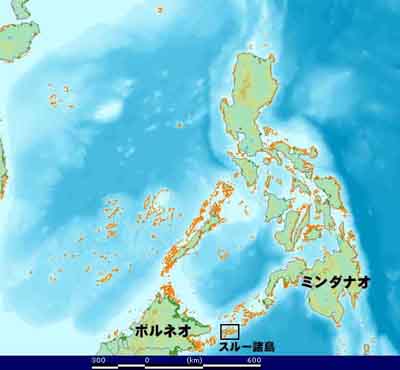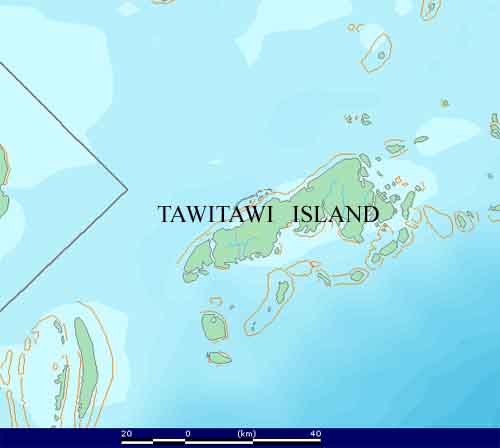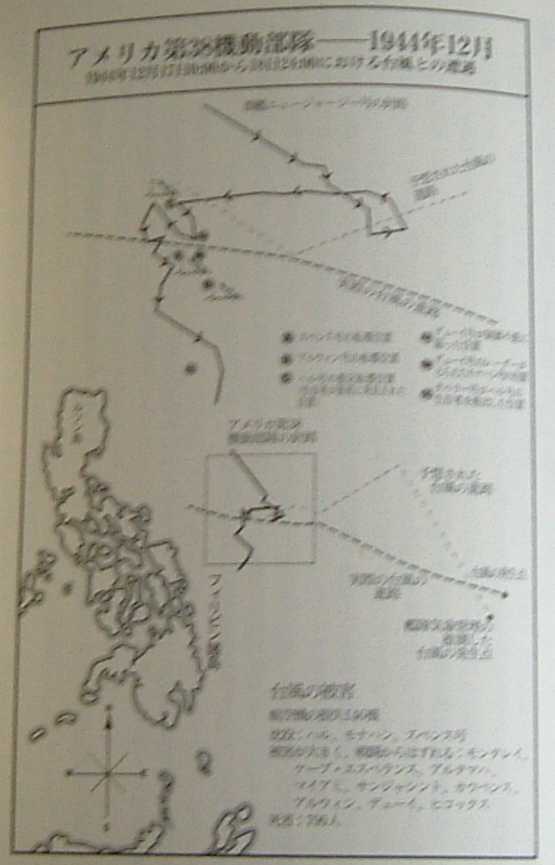| Speed [kt] | 10 | 15 | 18 | 24 | 28 | 30 | 34 |
| 2nd Range [nm] | 5,700 | 4,623 | 4,000 | 2,804 | 2,044 | 1,675 | 960 |
| 3rd Range [nm] | 5,700 | 4,364 | 3,512 | 2,148 | 1,540 | 1,310 | 960 |
| 2nd Fuel [nm/t] | 11 | 9.2 | 8.0 | 5.6 | 4.1 | 3.5 | 1.9 |
| 3rd Fuel [nm/t] | 11.4 | 8.7 | 7 | 4.3 | 3.1 | 2.6 | 1.9 |
Drag force is proportional to speed by Newton's law. The drag force is proportional to square of speed considering area effect of the body. I computed fuel comsumption rate of Asashio by 2nd order (square) interpolating function. Considering the work of engine, drag force D is,
-
D = kv²
Dds = kv²ds ( ds is infinitive length )
dW = Dds
dW/dt = kv²ds/dt ( dt is infinitive time )
P = kv³ (dW/dt = P, ds/dt = v)
-
Range = k/(v³-h)
-
24 kt for 5 hours 120 nm 21 t
28 kt for 5 hours 140 nm 34 t ( Kaga's max speed )
? 110 nm 14 t ( in case of 18 kt )
26 kt for 5 hours 130 nm
20 kt for 6 hours 120 nm
Light cruiser Abukuma refueld on 30 November, 1, 2, 5, 6 and 7 December. Why did Abukuma refuel with capacity of 1,260 t seven times in spite of 5,000 nm range at 14 kt? IJN range data of warships were planned values. The displacement of Abukuma increased 1,500 t comparing with the original 5,500 t[4]. The range might decrease 27 % at least. After all, speed of the KB was limited by aircraft carrier Kaga, and freedom of the operation was limited by the fuel capacity of Kagero class destroyers.
| Operaion | Fleet | Carriers | Destroyers | Ratio |
| Pearl | KB | 6 | 9 (7) | 1.5 |
| Mariana | 1Sf | 3 | 13 | 4.3 |
| 2Sf | 3 | 8 | 2.7 | |
| Ref. Genda p.274 | ||||
Though 2 battle cruisers, 2 heavy cruisers and 1 light cruiser also escorted, they had no depth charges for ASW. IJN thought that USN submarines were not threat because of unknown operation, didn't it? The table shows ratio of destroyers per carrier. Some historians criticizes that the KB should do the third air strike. Could only 7 destroyers shield 6 aircraft carriers effective?
| Operaion | Fleet | Carriers | Destroyers | Ratio |
| Okinawa | TG58-1 | 5 | 21 | 4.2 |
| TG58-2 | 3 | 8 | 2.7 | |
| TG58-3 | 5 | 17 | 3.4 | |
| TG58-4 | 4 | 18 | 4.5 | |
| TG52-1 | 7 | 17 | 2.4 | |
| TG52-2 | 7 | 10 | 1.4 | |
| TG52-3 | 4 | 7 | 1.8 | |
| Ref. Yomitan history, ASW | ||||
 |  |
| Location | Tawi-tawi |
IJN selected Tawi-tawi as anchorage port of 1st Kido Fleet. Saipan is nearer to Japan than Taui. The reasons were,
- Gunreibu guessed USN would invade Palau at first
- Shortage of oilers was to anchor near oil export
1st Kido Fleet came to Tawi-tawi on May 13th. It was necessary for pilots of carriers to train landing everyday etc. Carriers could not run to train pilots out of the port freely, becasue submarines were hiding. So 1st fleet ordered destroyers to sweep submarines. 4 destroyer were sunk one by one for 4 days. These were Minazuki, Hayanami, Kazakumo and Tanikaze. Ooi p.238-241
Sonars of the destroyers were worse than US submarines. I do not know how each destroyer repeated failure of anti submarine combat. The below is image of the Tawi-tawi Bay
| Type | Year | Decending speed | Set of Depth [m] | Explosive | Weight | Length | Diameter |
| Type 95 | 1937 | 1.9m/s | 30, 60 | 100kg | 160kg | 775mm | 450mm |
| Type 2 | 1942 | 2.0m/s | 30, 60, 90, 120, 150 | 100kg | 162kg | 775mm | 450mm |
| Type 3 | 1943 | 5.0m/s | 40, 80, 120, 160, 200 | 100kg | 180kg | 1400mm | 450mm |
The production of depth charges was as follows. Strangely production of 1943 decreased. Was production of Type 3 depth charge in 1944 actually?
| Year | 1936 | 1937 | 1938 | 1939 | 1940 | 1941 | 1942 | 1943 | 1944 | 1945 |
| Number | 3,100 | 7,000 | 8,000 | 12,000 | 20,000 | 36,000 | 80,000 | 60,000 | 161,000 | 12,000 |
| Rate | - | 1.26 | 0.14 | 0.50 | 0.67 | 0.80 | 1.22 | -0.25 | 1.68 | -0.93 |
Gunzo, p5-11, No74
Bakurai ichiran
Goei heiki

|
Weather, p
Typhoon Cobra(1944)
 |
Gunzo, p22-27 No94
[1] Jentschura p.147
[2] Koei p.20
[3] Sensou to sekiyu (4)
[4] Nagara gata no kindaika
[5] Shinjyu-wan kougeki
[6] Sekai no hinode-hinoiri
© 2007-2010 Enoki Flying Board All Rights Reserved